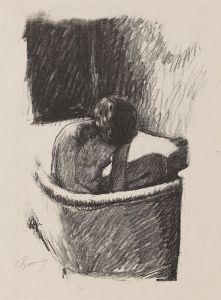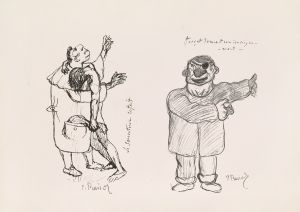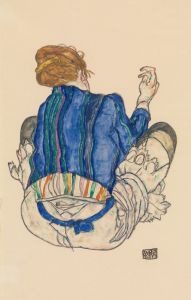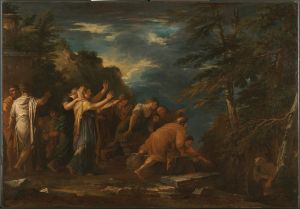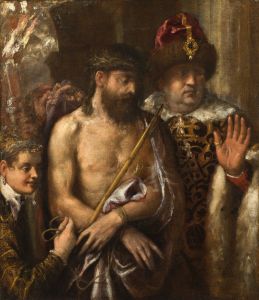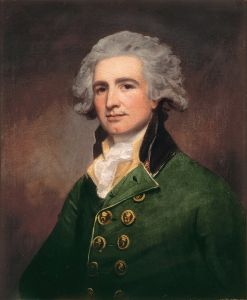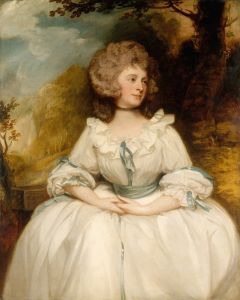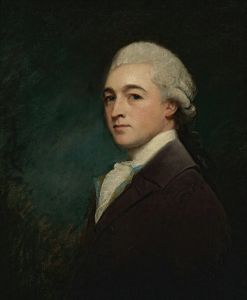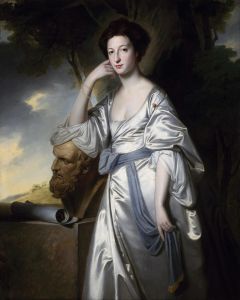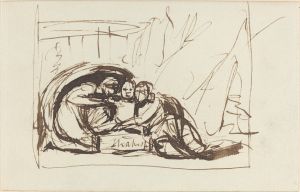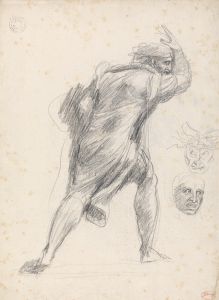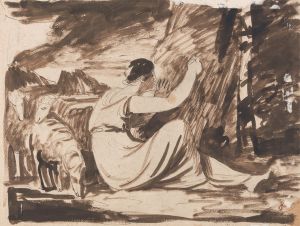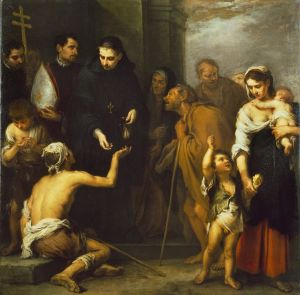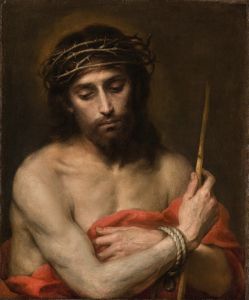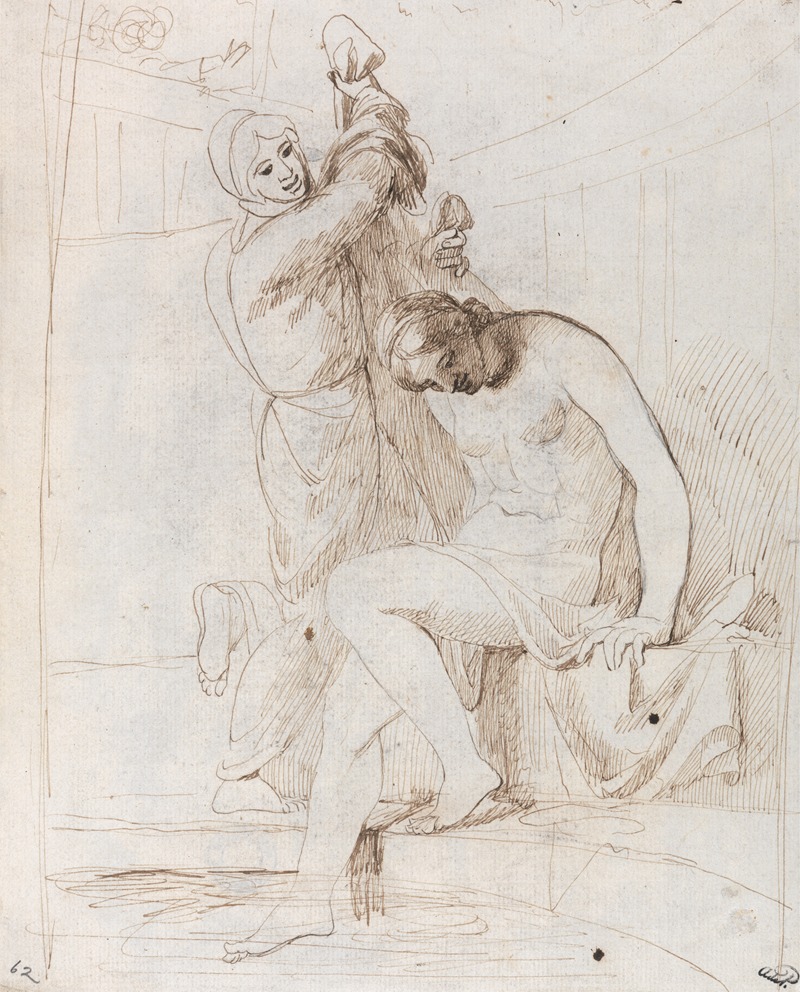
The Bath of Bath-sheba
A hand-painted replica of George Romney’s masterpiece The Bath of Bath-sheba, meticulously crafted by professional artists to capture the true essence of the original. Each piece is created with museum-quality canvas and rare mineral pigments, carefully painted by experienced artists with delicate brushstrokes and rich, layered colors to perfectly recreate the texture of the original artwork. Unlike machine-printed reproductions, this hand-painted version brings the painting to life, infused with the artist’s emotions and skill in every stroke. Whether for personal collection or home decoration, it instantly elevates the artistic atmosphere of any space.
George Romney's painting "The Bath of Bath-sheba" is a notable work by the English artist, who was one of the leading portraitists of the late 18th century. Romney, born in 1734 in Dalton-in-Furness, Lancashire, was a contemporary of other prominent artists such as Sir Joshua Reynolds and Thomas Gainsborough. He gained fame for his portraits, particularly those of women, and was known for his ability to capture the elegance and grace of his subjects.
"The Bath of Bath-sheba" is an example of Romney's interest in historical and biblical themes, which he explored alongside his portrait work. The painting depicts the biblical story of Bathsheba, a narrative found in the Old Testament. According to the story, Bathsheba was the wife of Uriah the Hittite and later became the wife of King David. The narrative describes how King David, while walking on the roof of his palace, saw Bathsheba bathing and was struck by her beauty. This encounter led to a series of events that had significant consequences for both David and Bathsheba.
Romney's depiction of Bathsheba captures the moment of her bathing, a scene that has been a popular subject in art due to its dramatic and emotional potential. The painting reflects the neoclassical style that was prevalent during Romney's time, characterized by a focus on classical themes, clarity of form, and restrained color palettes. Romney's use of light and shadow in the painting highlights Bathsheba's form and adds a sense of depth and realism to the scene.
The composition of "The Bath of Bath-sheba" demonstrates Romney's skill in creating a narrative through visual means. Bathsheba is typically portrayed as a central figure, with her surroundings and any additional figures carefully arranged to enhance the storytelling aspect of the painting. Romney's attention to detail and his ability to convey the emotional undertones of the story are evident in the way he renders Bathsheba's expression and posture.
While George Romney is primarily celebrated for his portraits, works like "The Bath of Bath-sheba" showcase his versatility and his ability to engage with complex historical and biblical subjects. His paintings often reflect the cultural and artistic trends of his time, and his work continues to be studied for its contribution to the development of British art in the 18th century.
Romney's legacy as an artist is marked by his influence on portrait painting and his exploration of narrative art. "The Bath of Bath-sheba" remains an important example of his work outside the realm of portraiture, illustrating his interest in storytelling through art and his mastery of the neoclassical style.





